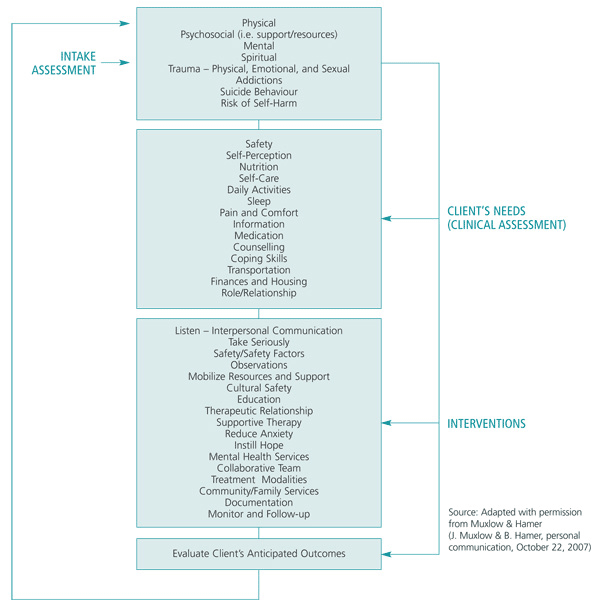Suggested Readings for Recovery and Hope
Recovery
Barker, P. (2001). The Tidal Model: Developing an empowering, person-centred approach to recovery within psychiatric and mental health nursing. Journal of Psychiatric and Mental Health Nursing, 8, 233-240.
Barker, P. (2002). The Tidal Model: The Healing Potential of Metaphor Within a Patient’s Narrative. Journal of Psychosocial Nursing and Mental Health Services, 40(7) , 42-50.
Barker, P., & Buchanan-Barker, P. (2005). The Tidal Model: A Guide for Mental Health Professionals. New York: Brunner-Routledge. Deegan, P. (1988). Recovery: The lived experience of rehabilitation. Psychiatric Rehabilitation Journal, 11(4), 11-19.
Deegan, P. (1996). Recovery as a journey of the heart. Psychiatric Rehabilitation Journal, 19(3), 91-97.
Deegan, P. (2000). Spirit breaking: When the helping professions hurt. The Humanistic Psychologist, 28(1-3),194-209.
Harding, C., & Zahniser, J. (1994). Empirical correction of 7 myths about schizophrenia with implications for treatment. Acta Psychiatrica Scandinavica, 90(384), 140-146.
Jacobson, N. (2004). In recovery: The making of mental health policy.Nashville, TN: Vanderbilt University Press. Assessment and Care of Adults at Risk for Suicidal Ideation and Behaviour 114-115.
Hope
Byrne, C., Woodside, H., Landeen, J., Kirkpatrick, H., Bernardo, A., & Pawlick, J. (1994). The importance of relationships in fostering hope. Journal of Psychosocial Nursing and Mental Health Services, 32(9), 31-34.
Centre for Suicide Prevention. (2006). Fostering Hope in the Suicidal Client. SEIC Alert # 63, October 2006. [Online]. Available: www.suicideinfo.ca/csp/assets/alert63.pdf
Moore, S. L. (2005). Hope makes a difference. Journal of Psychiatric and Mental Health Nursing 12, 100-105.
Russinova, Z. (1999). Providers’ hope-inspiring competence as a factor optimizing psychiatric rehabilitation outcomes. Journal of Rehabilitation, 65(4), 50-57.















